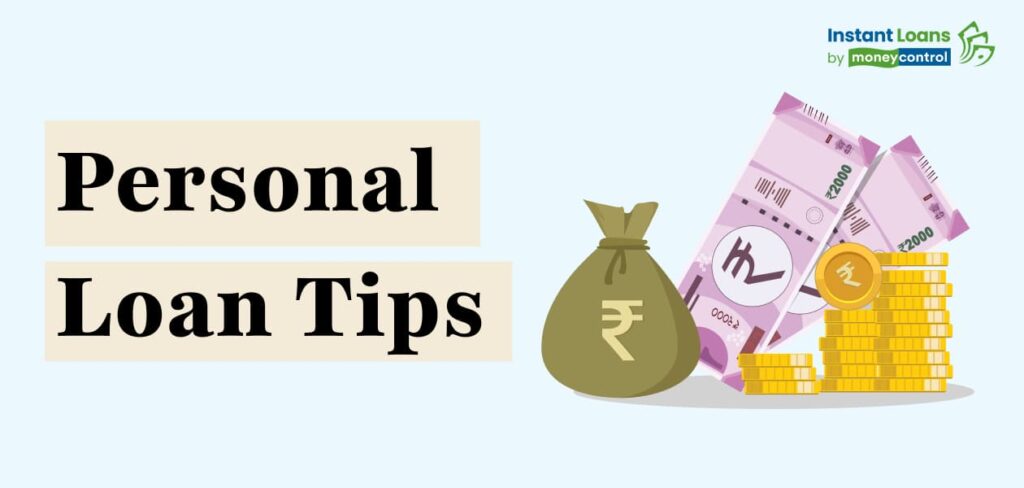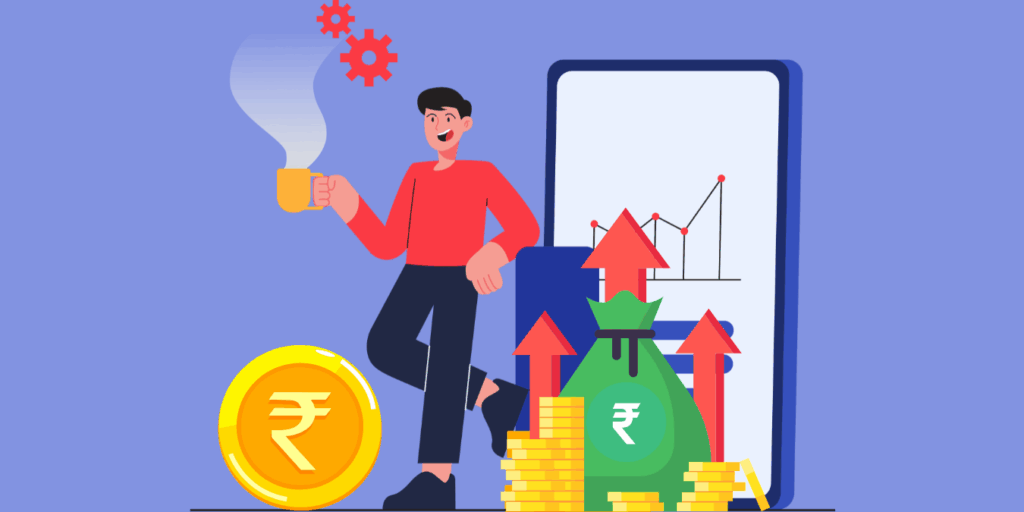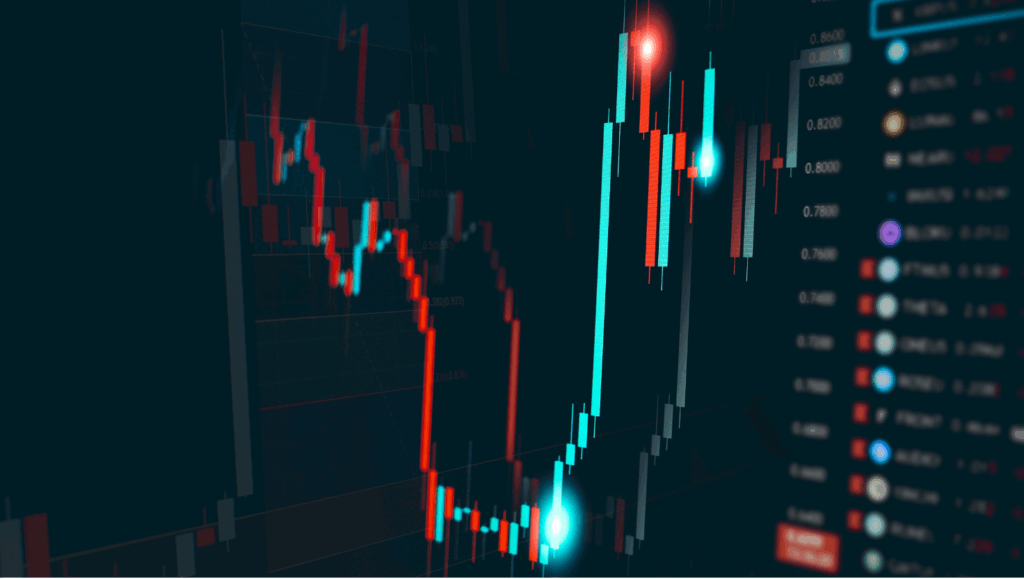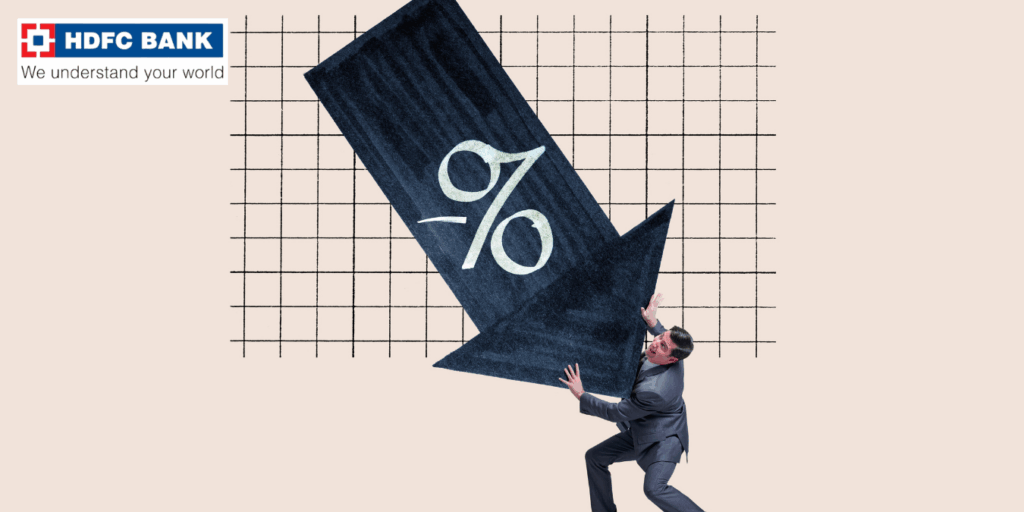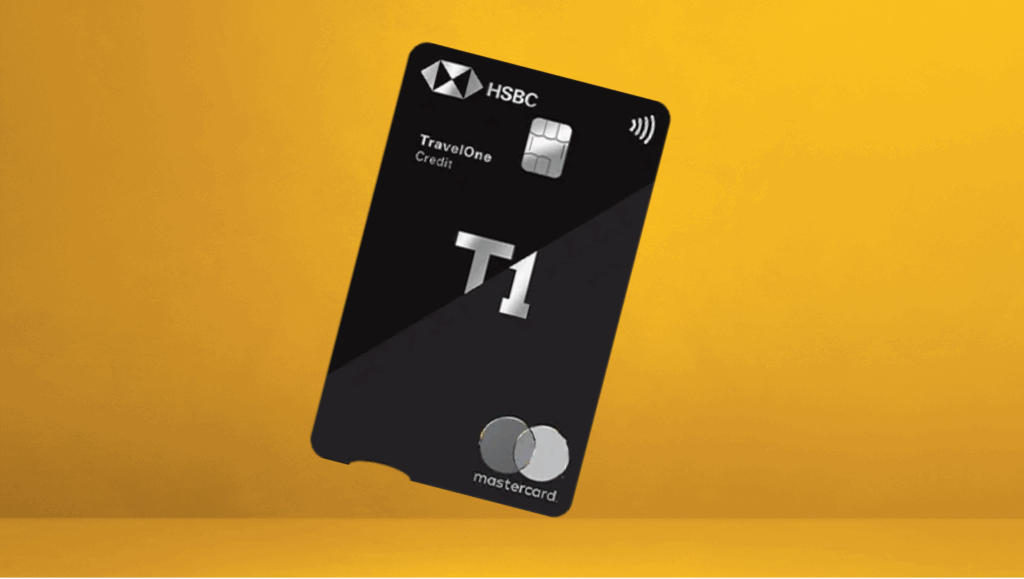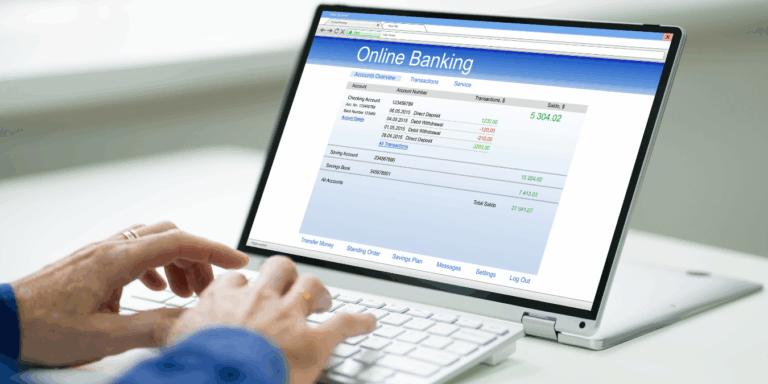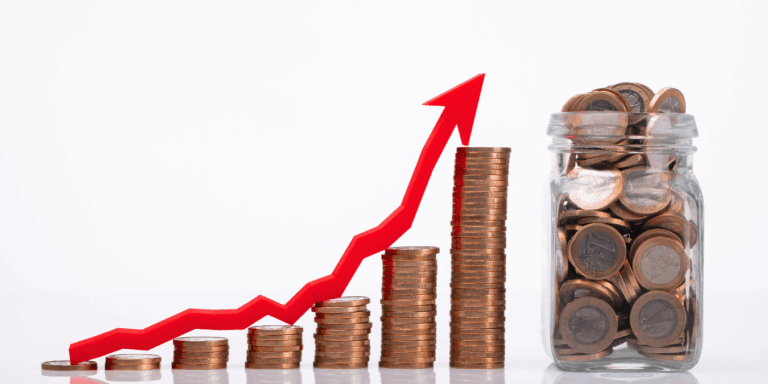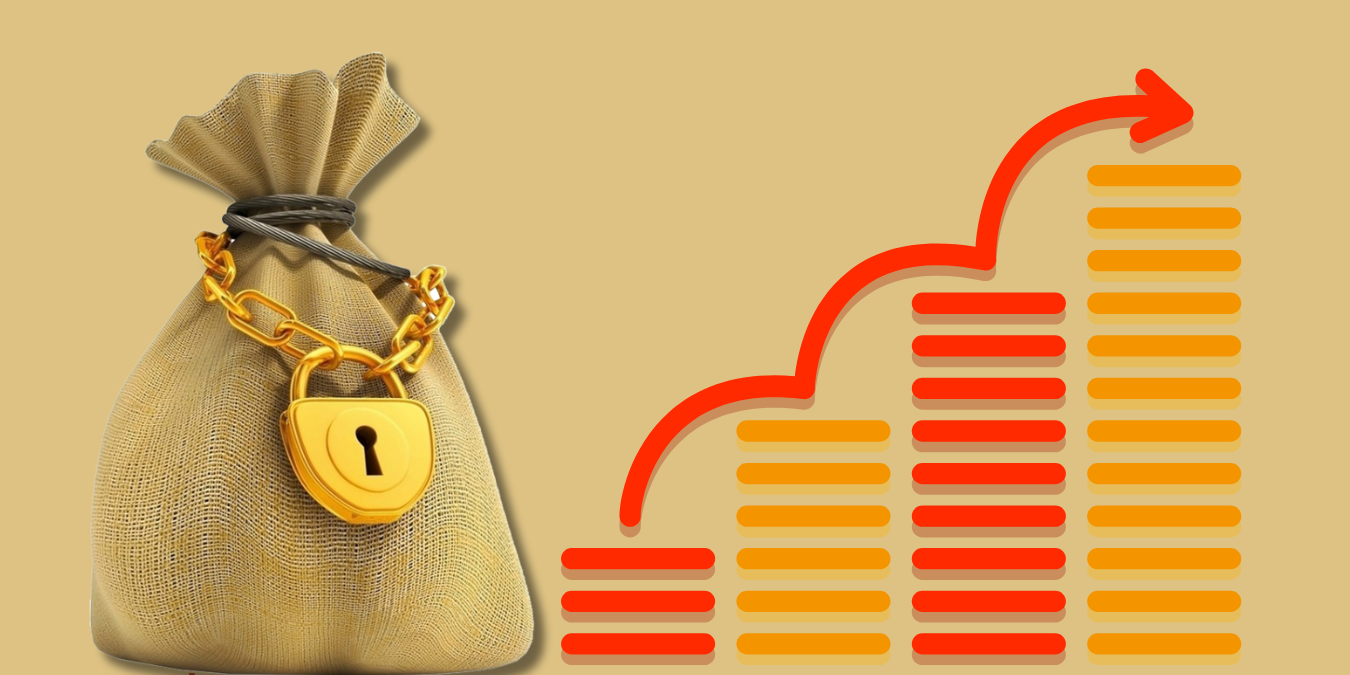
The Hidden Truth About Your Fixed Deposit: Why Choosing Wrong Could Cost You ₹45,000
Are you unknowingly losing lakhs by choosing the wrong FD option? Discover the hidden secret behind cumulative vs. payout fixed deposits that can boost your returns by ₹46,000 in 5 years! Unlock the smart strategy banks won’t tell you—your wealth’s future depends on this single choice.
“Are you leaving money on the table with your FD choice? The answer might shock you.“
Every month, millions of Indians park their hard-earned rupees in fixed deposits, believing they’re making a “safe” investment. But here’s the shocking reality: by choosing the wrong payout option—whether cumulative or monthly/quarterly—you could be bleeding thousands in lost returns without even realizing it. The difference? On a simple ₹10 lakh deposit, it’s not just ₹71,693. Over five years, the gap becomes absolutely staggering. And most investors have no idea this choice exists.
The FD Choice Nobody Talks About (But Everyone Should)
When you open a fixed deposit in October 2025, your bank offers you a seemingly simple question: “Cumulative or Payout?” Most people scroll past it. Most people regret it later.
Think of it this way: Would you rather have money working harder for you, or money being handed to you regularly?
The answer depends entirely on one thing: What do you need the money for?
But here’s where it gets interesting. Most financial advisors aren’t explicitly telling you the numbers. They’re not showing you the actual math of what you lose by choosing wrong. Today, we’re changing that.
The One-Year Showdown: ₹10 Lakh FD at 6.60% Interest Rate
Let’s start simple. You have ₹10,00,000 to invest for exactly one year. Your bank is offering 6.60% interest (a realistic rate for most private and public sector banks in October 2025).
Here’s what happens with each option:
| Payout Option | Annual Interest | Monthly Payout | Final Amount at Maturity | Hidden Reality |
| Cumulative | ₹66,000 | ₹0 | ₹10,66,000 | You wait 12 months |
| Monthly Payout | ₹66,000 | ₹5,500 | ₹10,66,000 | Same final amount, but… |
| Quarterly Payout | ₹66,000 | ₹16,500 | ₹10,66,000 | You lose compounding power |
Wait—they’re the same? Not exactly. Let me explain the real advantage.
The Cumulative Magic: Meet Your New Best Friend—Compounding
With a cumulative FD, something magical happens. Your interest doesn't just sit in a bank vault. It gets reinvested automatically. In the next month, quarter, or year, you earn interest on your interest.
The math looks like this:
Month 1: ₹10,00,000 → Earns ₹5,500 in interest
Month 2: ₹10,05,500 → Earns ₹5,528 in interest (slightly more because your base is now larger)
And this continues for 12 months.
By maturity, you get approximately ₹10,66,000—but here's the kicker: if you'd been taking monthly payouts of ₹5,500 and reinvesting them yourself, you'd have earned only about ₹71,500 in total interest. The difference? Your bank is doing the reinvestment for you automatically.
The real advantage emerges over longer periods. That's where cumulative options truly shine.
The Shocking 5-Year Reality: How ₹45,000+ Disappears
Now let's talk about the real story. Forget one year. Let's talk five years.
You're 45 years old. You have ₹10,00,000 to set aside for your daughter's wedding, which is five years away. The bank is offering 6.50% on a 5-year FD (a competitive rate as of October 2025).
Option 1: Cumulative FD
- You lock in ₹10,00,000
- Interest compounds every quarter (or monthly, depending on the bank)
- After 5 years: ₹13,71,000
- Total interest earned: ₹3,71,000
Option 2: Monthly Payout FD
- You lock in ₹10,00,000
- Each month, you receive ₹5,416 (₹10,00,000 × 6.50% ÷ 12)
- After 5 years: ₹10,00,000 (principal) + ₹3,25,000 (interest) = ₹13,25,000
- Total interest earned: ₹3,25,000
The gap? ₹46,000.
That's not a rounding error. That's real money you could've earned but didn't.
Why the Difference? The Power of Compounding Explained
When you take a monthly payout, you break the compounding cycle. You receive ₹5,416 every month, and it sits in your savings account earning a pathetic 2-3% (if you're lucky).
With cumulative, your ₹5,416 gets added back to your principal automatically. In month 2, your interest is calculated on ₹10,05,416, not just ₹10,00,000. By year 2, it's ₹10,13,408. By year 5, that small monthly difference has snowballed into ₹46,000 in extra returns.
That's literally free money. And most people don't even know it exists.
But Wait—There's a Catch (And It Matters)
Before you run to your bank and switch everything to cumulative, let's talk about the elephant in the room: liquidity and income needs.
When Cumulative FDs Are Your Secret Weapon
Cumulative FDs are perfect for:
- Long-term goal planning (kids' education, retirement corpus, wedding funds)
- Wealth building (you don't need the money now, so let compounding do its magic)
- Tax optimization (you only pay tax at maturity, not every month)
- Financial discipline (you can't touch the money, so you won't spend it impulsively)
Real example: Rajesh, 42, invested ₹25 lakhs in cumulative FDs across multiple 5-year tenures. Over 10 years, compounding added nearly ₹9 lakhs extra to his corpus compared to if he'd taken monthly payouts. He used it for his children's education. No regrets.
When Payout FDs Save Your Life
Now let's flip the coin. Payout FDs are essential for:
- Retirees (you need monthly income to pay for groceries, medical bills, etc.)
- Income replacement (you just lost a job and need regular cash flow)
- Business owners (seasonal income means you need steady FD payouts to balance)
- Emergency buffers (monthly payout gives you a safety net)
Real example: Meera, 68, retired with ₹50 lakhs in FDs. She chose quarterly payouts of ₹81,250 (at 6.50% interest). This, combined with her pension, gave her the financial security she needed. She couldn't wait 5 years for a lump sum. Her choice was right for her situation.
The Smart Player's Strategy: Mix and Match
Here's what financial advisors won't tell you directly: You don't have to choose one or the other for your entire portfolio.
The smart move? Create a dual strategy:
| Tier | Investment | Payout Type | Purpose |
| Emergency Fund | ₹2,00,000 | Quarterly/Monthly | Liquidity + income buffer |
| Medium-term Goals (2-3 years) | ₹3,00,000 | Quarterly | Balance between growth & access |
| Long-term Growth (5+ years) | ₹5,00,000 | Cumulative | Maximum wealth creation |
This way: You get regular income for today's needs and explosive growth for tomorrow's dreams.
The October 2025 Rates: Why Now Is the Time to Lock In
Here's a timely insight: The RBI has paused rate cuts. In October 2025, repo rates are stable at 5.50%. This is significant because it means FD rates aren't falling (at least for now).
Current rates across major banks (October 2025):
- HDFC Bank: 6.40% (5-year)
- ICICI Bank: 6.60% (1-year) | 6.40% (5-year)
- Axis Bank: 6.40% (5-year)
- State Bank of India: 6.35% (5-year)
- Small Finance Banks: 7.5%-8.2% (5-year)
The smart play? If you're planning a 5-year FD, locking in at 6.50% today (at quality banks) is better than risking a rate cut next quarter. With a cumulative option, that 6.50% becomes your personal wealth-building machine.
The Tax Angle: Nobody Mentions This
Here's where it gets clever.
With monthly or quarterly payouts, you're taxed every financial year on the interest you receive. If you're in the 30% tax bracket (high earner), monthly payouts mean you're paying tax 5 times (once every year for 5 years).
With cumulative FDs, tax is deducted only at maturity. For high earners, this creates a unique advantage: you can structure your portfolio to manage your tax liability more efficiently across multiple years.
Example: If you have ₹50 lakhs to invest:
- ₹25 lakhs in cumulative FD (matures Year 3)
- ₹25 lakhs in cumulative FD (matures Year 5)
This staggers your interest income across two financial years, potentially keeping you in a lower tax bracket in certain years.
Payout FDs don't give you this flexibility. You're taxed consistently year after year.
The Real Questions You Should Ask Yourself
Before opening that FD, ask yourself these three questions:
1. Do I need this money in the next 2-3 years?
- YES → Payout option (monthly or quarterly)
- NO → Cumulative option
2. Am I disciplined enough to actually reinvest monthly payouts?
- YES → Payout (and commit to reinvesting)
- NO → Cumulative (automatic compounding)
3. What's my main goal: Current income or future wealth?
- Current income → Payout
- Future wealth → Cumulative
The Surprising Truth About Senior Citizens
Here's something banks don't advertise loudly: Senior citizens get higher rates AND should probably choose differently.
A 65-year-old with ₹15 lakhs doesn't need cumulative FDs. They need income. Quarterly payouts of ₹24,375 (at 6.5%) provide genuine financial security without the stress of market volatility.
But here's the twist: If that 65-year-old has a separate retirement corpus that they won't touch for another 10 years? Cumulative FDs could still be part of a hybrid strategy.
The RBI data shows senior citizens hold nearly ₹8+ lakh crore in FDs. Most are in payout mode, which is appropriate for their life stage. But some should reconsider.
The Numbers Game: A Decade-Long Simulation
Let's run a realistic 10-year scenario. You have ₹10,00,000. You're investing it in a ladder strategy (different maturity dates).
| Year | Cumulative FD (6.50%) | Monthly Payout FD (6.50%) | The Gap |
| 1 | ₹10,67,000 | ₹10,66,500 | ₹500 |
| 2 | ₹11,38,000 | ₹11,33,000 | ₹5,000 |
| 3 | ₹12,14,000 | ₹12,00,000 | ₹14,000 |
| 5 | ₹13,71,000 | ₹13,25,000 | ₹46,000 |
| 10 | ₹18,82,000 | ₹16,50,000 | ₹2,32,000 |
In a decade, cumulative wins by ₹2,32,000. That's not money earned through market fluctuations or risky trades. That's pure mathematical compounding—the eighth wonder of the world, as Einstein called it.
The Behavioral Finance Angle: Why We Get It Wrong
Here's a psychological insight: Most people choose payout FDs not because they need the income, but because they fear missing out.
They think, "What if I need the money? At least with monthly payouts, I'll get something every month."
This is cognitive bias at work. The truth? You can break a cumulative FD early (with a penalty, yes, but you can). And if you're disciplined, cumulative FDs paired with an emergency fund strategy beats payout FDs every time.
The Action Plan: Your Next Move
If you're reading this and you already have FDs:
- Audit your existing FDs – Are they cumulative or payout? Why did you choose that?
- Calculate your loss – Use the formulas in this article to see what you might be missing
- Don't panic switch – If you have a maturing FD, evaluate before reinvestment
If you're opening a NEW FD:
- Clarify your goal – Income now, or wealth building?
- Choose your tenure – 1 year for flexibility, 3-5 years for better rates, 5+ years for compounding magic
- Pick your option – Cumulative for long-term growth, payout for current income
- Consider laddering – Spread investments across multiple tenures for flexibility
If you have ₹25 lakh+ to invest:
Use the hybrid strategy – Split between cumulative (₹15 lakh) and quarterly payout (₹10 lakh). You get growth and income.
The Bottom Line: Small Choices, Massive Consequences
This isn't about being greedy. It's about being smart.
The difference between cumulative and payout FDs isn't just ₹46,000 over five years. Across a lifetime of investing, making the right choice here can mean the difference between retiring at 60 versus working until 65. That's five extra years of freedom.
And the mechanism? It's not complicated. It's not risky. It's just mathematics doing what mathematics does best: rewarding patience with abundance.
Your bank isn't going to call you up and say, "Hey, we have this cumulative FD that could help you build wealth faster." They're not invested in your personal finance optimization—they're invested in their deposit mobilization targets.
But you should be invested in your own optimization.
So the next time you open an FD, pause on that cumulative vs. payout question. Don't scroll past it. Think about what you're really trying to achieve. Because that simple choice—made thoughtfully—could be worth lakhs in five years.
And isn't that worth a 30-second decision?
Quick Takeaway Summary: Your Personal FD Decision Tree
- Are you a retiree or need monthly income? → Quarterly/Monthly Payout FD
- Do you have 5+ years before needing this money? → Cumulative FD (watch your wealth grow)
- Unsure and want flexibility? → 60% Cumulative + 40% Payout FD mix
- Want maximum tax efficiency? → Cumulative FDs with staggered maturity dates
- Building an emergency fund? → Keep 6 months expenses in Monthly Payout FDs for security
The Secret Your Bank Doesn't Want You to Know
Did you know that most Indian banks don't advertise their cumulative FD options prominently? There's a reason. When you choose cumulative FDs, you're literally letting your money work harder without withdrawal temptation—which means you're more likely to stay invested long-term. Banks love this because stable deposits mean stable funding. But you should love it even more because over five years, cumulative FDs can generate up to ₹46,000 more in pure returns on a single ₹10 lakh investment. Now imagine that across your entire portfolio. Some financial advisors are quietly building entire retirement plans around this one principle, but most investors remain oblivious. The question isn't whether you should know about this—it's why you didn't know sooner. In an era where ₹5 lakh can be the difference between financial security and stress, ignoring the compounding power of cumulative FDs isn't just a missed opportunity—it's leaving free money on your bank's table. And every month you delay switching is another month of interest-on-interest you're not earning. The choice is yours, but the math never lies.
